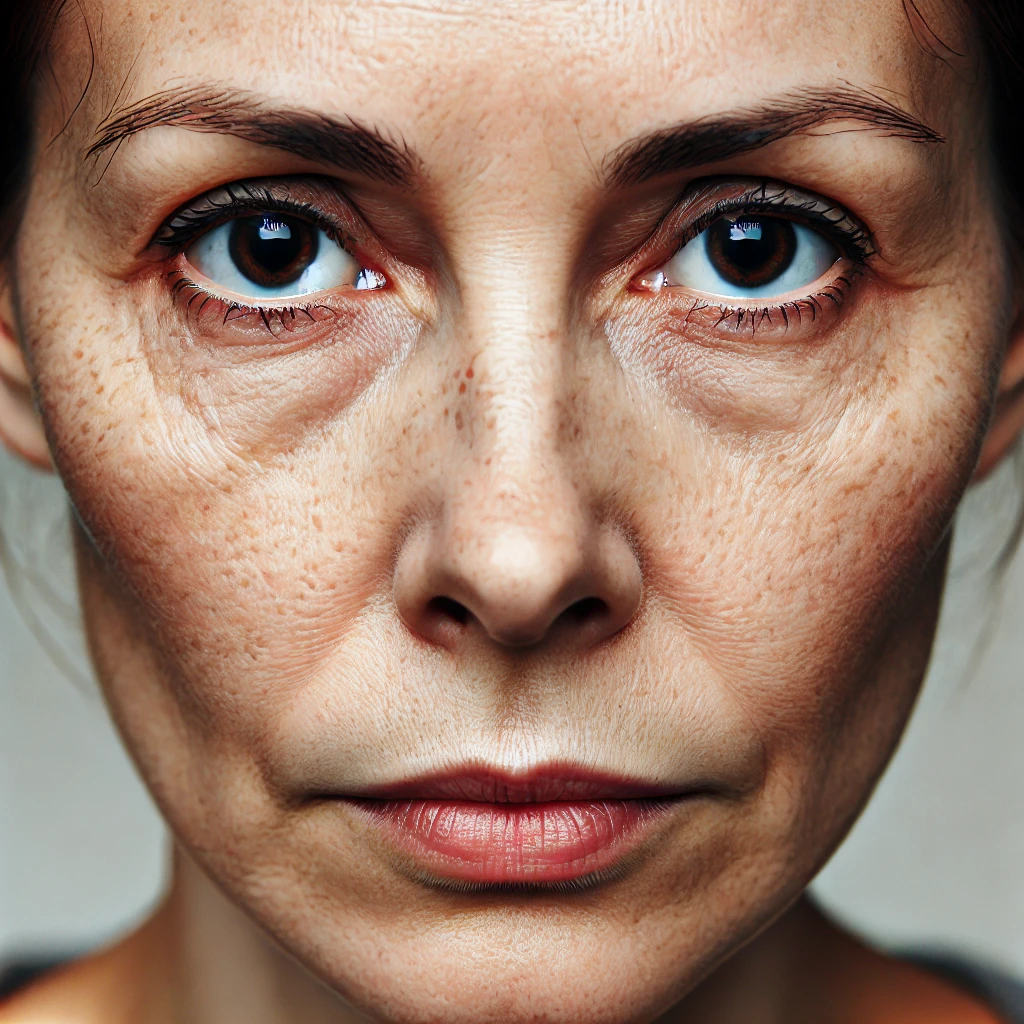Joint Pain in Menopause: Why Your Aching Joints Might Not Be Arthritis
Joint Aches and Menopause: What’s Going On?
If you’ve reached menopause and suddenly find yourself dealing with aching knees, stiff fingers, or sore shoulders, you’re not alone. Joint pain is a lesser-known but surprisingly common symptom of menopause. The culprit? Estrogen—or rather, the lack of it. This powerful hormone does more than regulate periods and moods. Estrogen also keeps your joints lubricated and flexible. When levels begin to drop during menopause, joint pain can become an unwelcome companion.
Estrogen is essential in managing inflammation and helping to maintain cartilage, the tissue that cushions your joints. Without enough estrogen, joints are more prone to stiffness, swelling, and pain. Many women in menopause describe a general soreness that seems to come out of nowhere, affecting areas like the hands, hips, and knees. While it’s natural to wonder if it’s simply aging or maybe arthritis, menopausal joint pain has its own unique set of triggers and remedies.
Misdiagnosis: Why Joint Pain in Menopause is Often Overlooked
It’s common for women experiencing joint pain during menopause to be initially diagnosed with conditions like osteoarthritis or rheumatoid arthritis. While these conditions share symptoms with menopausal joint pain, the underlying causes can be different. Misdiagnoses often lead to unnecessary tests or treatments that may not address the true issue. This happens partly because many healthcare providers don’t connect joint pain with menopause, focusing instead on inflammation markers or age-related joint wear and tear.
Awareness is growing, but not all doctors are clued into the link between menopause and joint discomfort. That’s why it’s so important for women to know their symptoms, understand what’s happening in their bodies, and be ready to advocate for themselves. If your joint pain has coincided with other menopausal symptoms, like hot flashes, mood swings, or irregular periods, bring this up with your healthcare provider. It might save you from a misdiagnosis and steer you toward more effective treatment.
Managing Joint Pain in Menopause: Practical Strategies for Relief
Here’s the good news: you don’t have to just “deal with it.” There are plenty of options for relieving menopausal joint pain, from hormone therapy to natural supplements and anti-inflammatory foods. Here’s a closer look at each:
- Hormone Therapy (HT):
Hormone therapy can be a game-changer for menopausal symptoms, including joint pain. While HT isn’t specifically approved by the FDA for joint pain, studies suggest it can be effective for those who begin HT around the time menopause symptoms appear. Replenishing estrogen can help lubricate your joints, potentially reducing stiffness and pain. However, HT is a personal decision and comes with considerations, including risks and side effects, so talk to your doctor to see if it’s right for you. - Supplements:
Several supplements are known to support joint health, and adding these to your regimen may bring relief:- Glucosamine and Chondroitin: Often taken together, these supplements may help reduce pain and improve mobility. They work by protecting cartilage and reducing joint inflammation.
- Fish Oil (Omega-3): Omega-3 fatty acids can help reduce inflammation throughout the body, including the joints. Look for a high-quality fish oil with EPA and DHA.
- Collagen: Collagen supports the structure of cartilage, ligaments, and bones. Adding collagen supplements may help with joint comfort, and some find it beneficial for skin health as well.
- Anti-Inflammatory Diet:
A diet rich in anti-inflammatory foods can make a significant difference in how you feel. Foods to include are:- Plant-based foods: Leafy greens, whole grains, and cruciferous vegetables provide antioxidants that reduce inflammation.
- Berries and other fruits: Blueberries, cherries, and oranges are high in antioxidants and fiber, both helpful for reducing inflammation.
- Nuts and seeds: Almonds, walnuts, chia seeds, and flaxseeds are packed with omega-3s, which help to reduce joint inflammation.
- Spices: Turmeric and black pepper are especially powerful for reducing inflammation. Add them to teas, soups, or dishes whenever possible.
Advocacy: Standing Up for Your Health in Menopause
It can feel daunting to challenge a doctor’s diagnosis or insist on discussing menopause as a possible cause of joint pain. But remember, you know your body best. If your joint pain coincides with other menopause symptoms, speak up. Ask your doctor about menopause as a potential cause and inquire about hormone therapy or alternative treatments focused on inflammation.
Healthcare advocacy is a skill that can significantly impact your quality of life, especially during menopause. If you don’t feel like you’re getting answers or solutions, don’t hesitate to seek a second opinion or consult a menopause specialist. Education, research, and self-advocacy are some of the most powerful tools you have for finding relief and maintaining your quality of life.
The Bottom Line: Managing Joint Pain in Menopause
Menopause can bring a lot of unexpected changes, and joint pain is one that catches many women off guard. While it may be tempting to attribute sore joints to age or arthritis, keep in mind that fluctuating estrogen levels play a key role. If you’re dealing with aches and stiffness, consider hormone therapy, targeted supplements, an anti-inflammatory diet, and don’t shy away from advocating for the care you deserve.






























